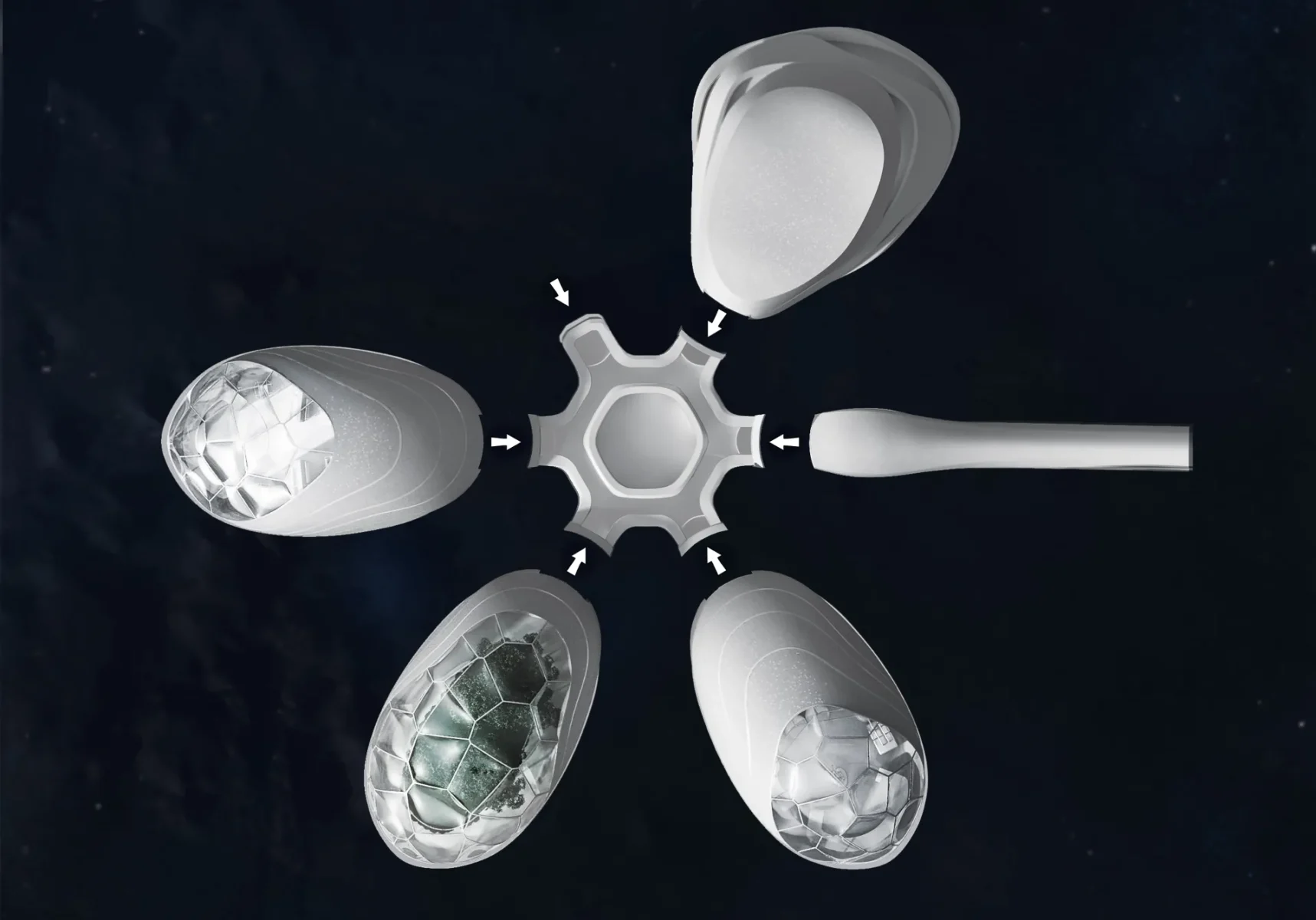Interstellar Lab’s BioPod enables agriculture on Mars
Plants have it a bit easier than humans on Mars because they love carbon dioxide. Thanks to the BioPod, it also gets warm and humid enough for them.
Mars, an extreme Antarctic without oxygen
The climate on Mars can best be compared to that on Antarctica, but with greater temperature extremes. For example, during the day in the summer it can sometimes be just 20 degrees at the equator, but in the winter the temperature drops below 120 degrees below zero. That is so cold that even carbon dioxide, which almost entirely consists of the Martian atmosphere, freezes.
That’s because the sun is fainter and Mars’ atmosphere is very thin, about 1% of Earth’s, so it hardly retains any heat. While a lichen in a sheltered spot in the Martian tropics might just survive the net, all other plants need more protection. Protection that the BioPod can provide.

BioPod, an inflatable greenhouse with radiation protection
The BioPod was developed by Interstellar Lab of the French aerospace company Dassault. The intention is that the BioPods will provide food for participants in NASA’s Artemis missions on the moon. Prototypes have already been tested on Earth. Here they appeared to function well. That’s good too, because the moon is completely empty of air. These greenhouses will also prove useful on Mars, provided of course that they work well on the moon.
Easier to transport
The transport of this greenhouse to the moon, or to Mars, is relatively not a very big problem, because they are both foldable and inflatable. Once they have arrived at their destination, they can be linked together. This creates an airtight village, so that the astronauts can take care of the plants without having to wear a spacesuit.
Good news, of course, everyone, which increases the chance that exciting series such as The Expanse will actually become reality and we can inhabit the rest of the solar system.


